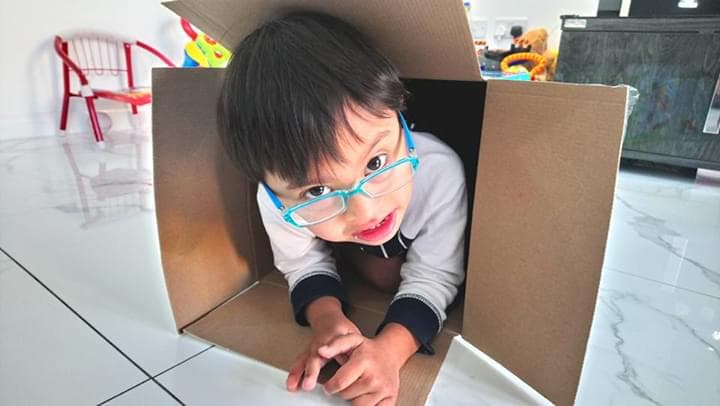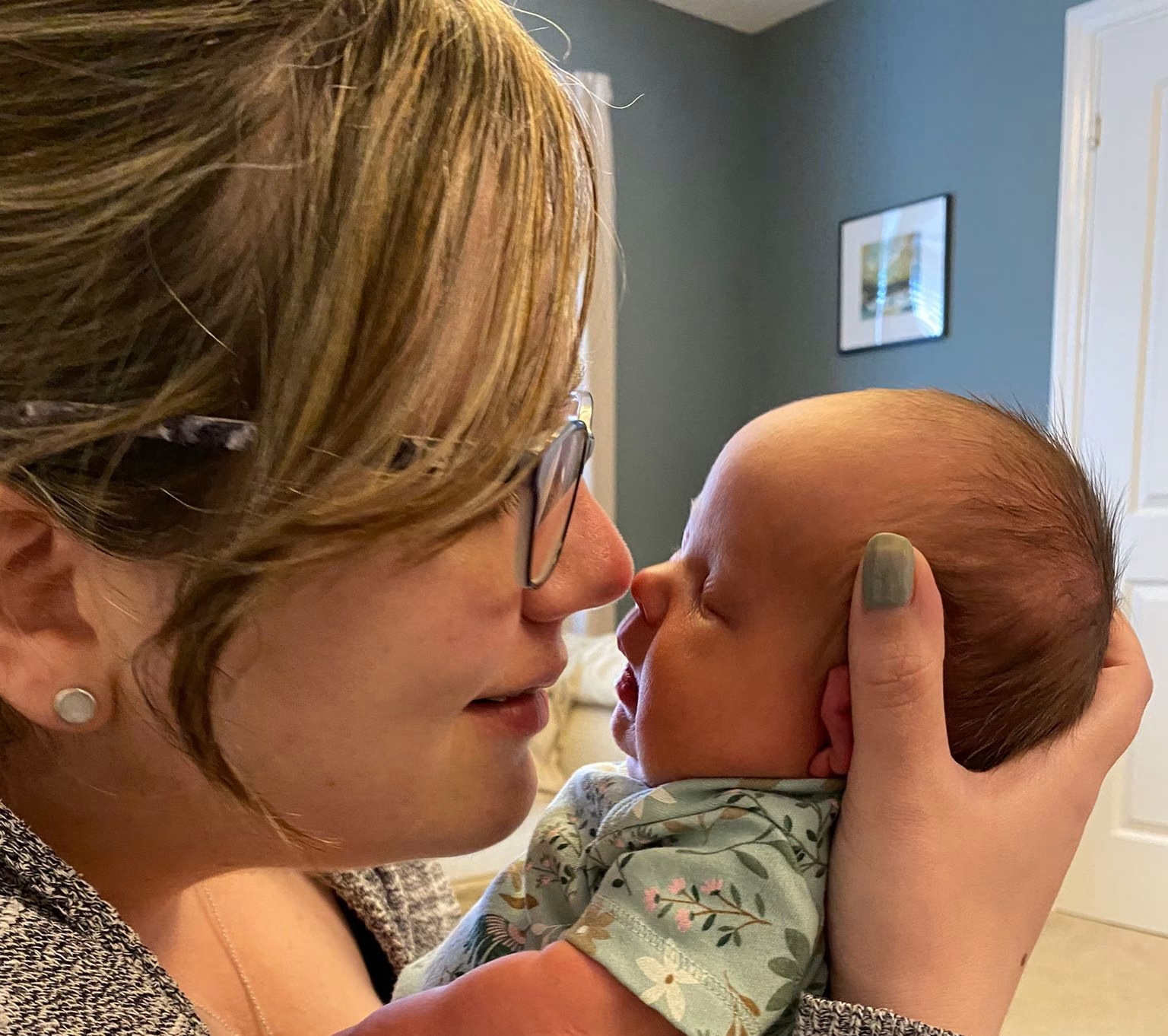- by Jo Willcox
Bedtime can often feel like one of the toughest parts of the day. For children with Down syndrome, settling at night can come with extra challenges – from sensory needs to finding comfort in routines.
To help, we asked families in our community to share what works for them when it comes to bedtime routines and helping their child stay in bed. Here’s a round-up of their tried-and-tested tips, along with some extra ideas to make evenings calmer for everyone.
1. Create a sensory wind-down
Many parents shared how sensory input helps their child regulate and prepare for sleep.
“Sensory bath, proprioceptive input (peanut ball jumps, pushing walls), deep pressure exercises, calming oral input like blowing bubbles in milk, and a facial massage – for us this circuit is lifesaving. It gets ‘L’ into a calmer mood and is also a great way to connect siblings before bed.”
Dimming the lights, using sensory lamps, and calming music can also help signal that the day is winding down.
2. Stick to a clear, consistent routine
Predictability can make bedtime smoother.
“Every night, ‘H’ has a bath, then gets into pyjamas, chooses 2–3 books, and we always finish with ‘Goodnight Peter’. He’s usually asleep by the end. We’ve done this for about 1.5 years now and it works – he’s a great sleeper and stays in his own bed all night.”
“Our daughter is 10 and son 7 — we’ve always done the same routine: PJs, toilet, teeth, then stories. They know what to expect and it makes a big difference.”
Having the same ‘last book’ or final step in the routine helps children recognise when it’s time for sleep.
3. Support self-soothing and independence
Some parents found that giving their child space to learn self-settling made bedtime easier.
“With ‘N’ (6), I gradually moved further from the bed until I was out of the room. She cried a little, but I learned to give her time to self-soothe.”
“ ‘T’, aged 8, has just cracked falling asleep without help. I’d leave for 2 minutes, then come back, slowly increasing the time. Eventually, she nodded off waiting for me.”
It can feel tough at first, but small steps towards independence can help children feel secure and confident at bedtime.
4. Make the bedroom safe and low-stress
If children get out of bed, some parents focus on safety and allowing flexibility.
“Our mindset is: it’s our job to put our son to bed, not to make him sleep. His room is safe with quiet toys and books. If he plays for a bit, that’s okay – he’ll fall asleep eventually, often on the floor!”
For others, keeping the room distraction-free is key:
“ ‘T’ has to have no lights and no distractions or he won’t settle. He sometimes chats to himself for an hour, but then falls asleep.”
5. Try stories, visuals or rewards
Practical tools can also help.
“I’d try a social story showing the bedtime routine, with the parent saying goodnight and leaving the room. That way the child sees what’s expected.”
“We used rewards – if ‘T’ stayed in bed all night, he got a Malteser at breakfast. Later, we moved to tokens that built up to a bigger reward.”
Visual supports, praise, and small incentives can make routines more motivating and positive.
Final thoughts
There’s no one-size-fits-all when it comes to bedtime. For some children, sensory calming is key; for others, it’s routine, rewards or a safe space to self-settle. The most important thing is finding what works for your family, and knowing you’re not alone in the struggle.
💛 If you’ve got a tip that helps your child settle at night, we’d love to hear it. Join our private Facebook groups or email jo.willcox@downsyndromeuk.co.uk to share your ideas with our community.
Share this post
Author
 Community Social Media and Marketing Coordinator
Community Social Media and Marketing CoordinatorJo Willcox is a teacher and author who has been part of the DSUK team since 2024. In her role, she connects daily with parents and online communities, helping to bring voices together and strengthen the DSUK community.
View all posts







